Abraham Van Helsing may be the most famous of the early occult detectives, but there were many others who appeared in Victorian and Edwardian literature. Today I look back at some of the early supernatural sleuths who helped to define a genre that is still going strong today… 
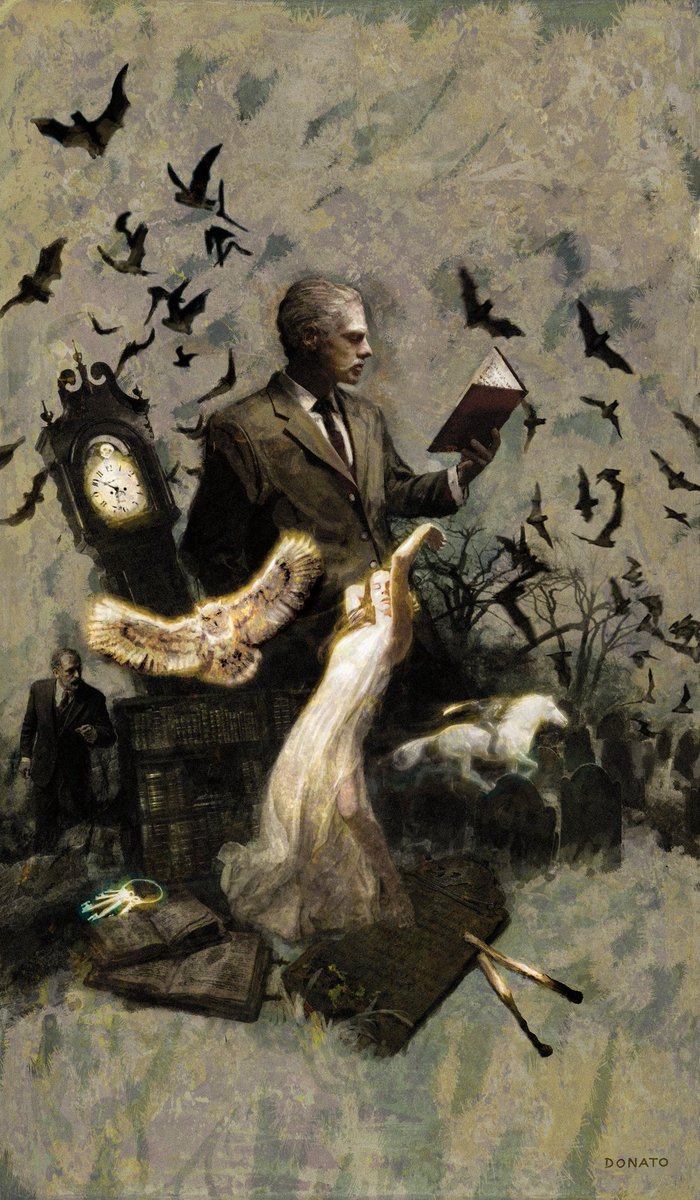
Occult detectives explore paranormal mysteries, sometimes by using spiritual skills. They could be normal detectives investigating the occult, occultists who use the dark arts to solve crime, or detectives with supernatural abilities such as clairvoyance. 
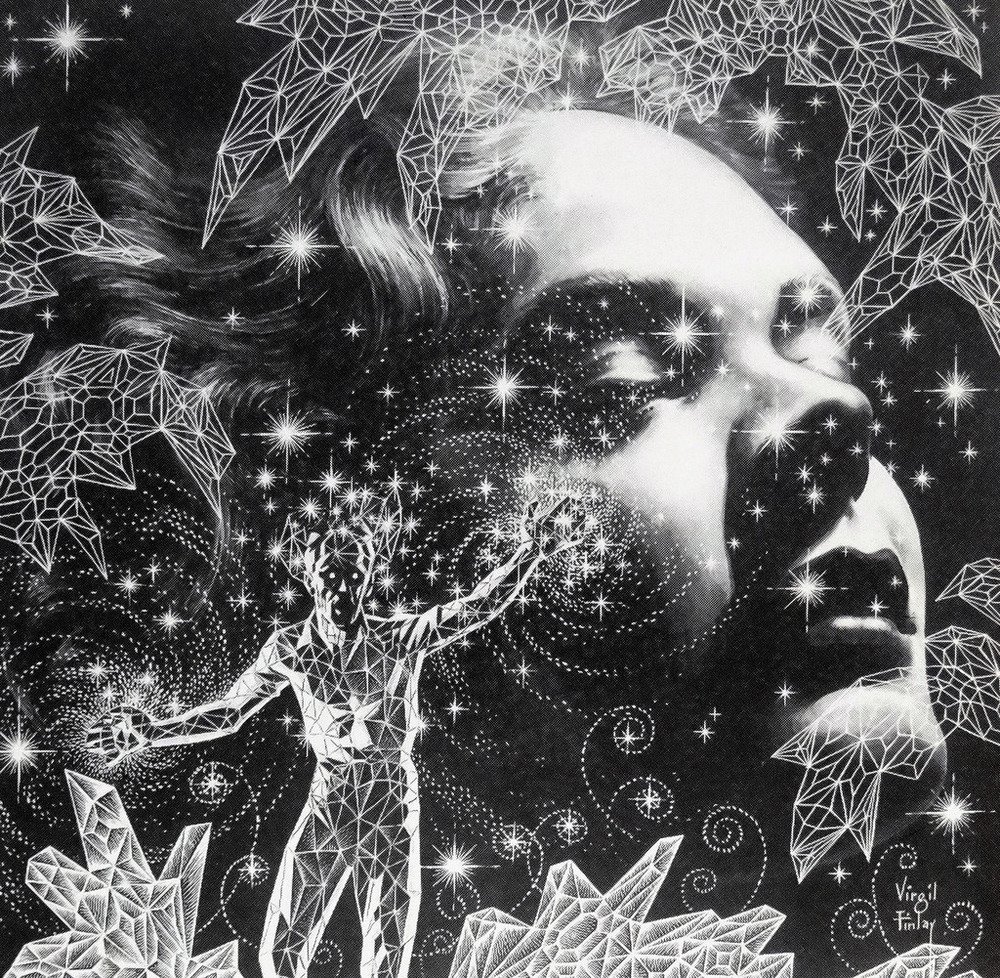
Occult detectives began in the mid-19th century: Poe’s Murders in the Rue Morgue (1841) had set the template for detective fiction, whilst spiritualism and paranormal research also began to interest the public. Séances and Ouija boards were familiar tropes for Victorian readers. 

Fitz-James O’Brien was a pioneers of occult detective fiction. An Irish-born journalist he immigrated to America in 1852 and wrote over 300 articles and stories whilst living a bohemian life. He joined the Union army in 1861 but died of wounds from a skirmish in 1862. 

O’Brien’s detective Harry Escott was probably the first occult detective, able to detect occult phenomena. In 'What Was It?' (1859) Escott investigates an attack by a bloodthirsty invisible creature, which he eventually begins to pity as it starves to death. 
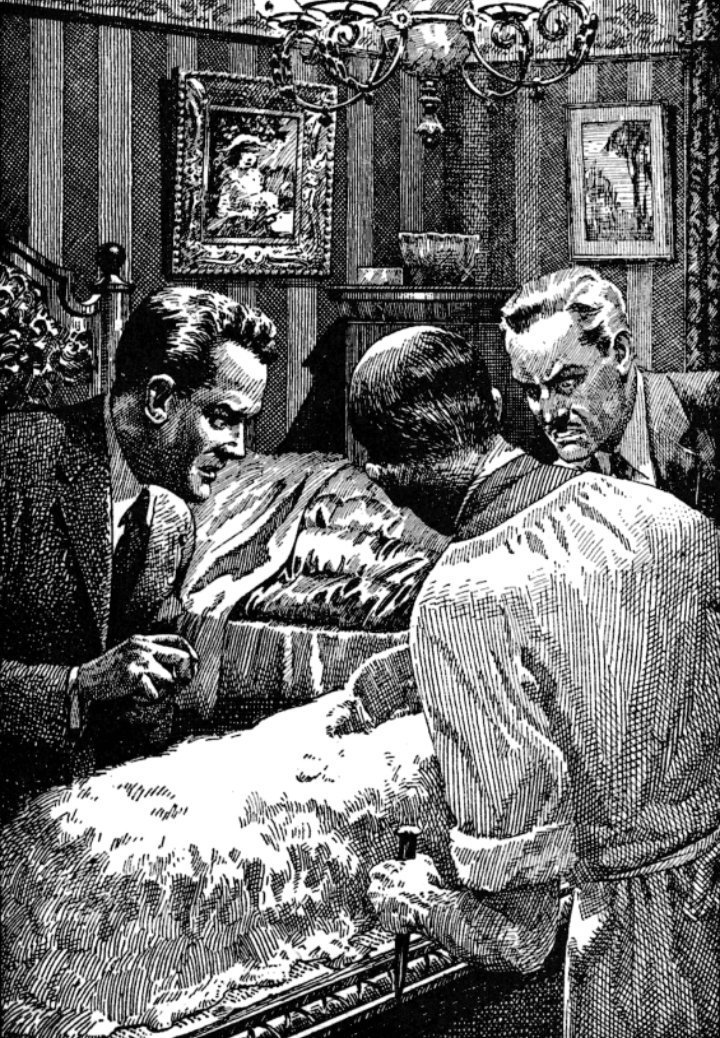
J. Sheridan Le Fanu, was a leading Victorian ghost story writer. His 1872 anthology 'In A Glass Darkly' features the occult detective Dr. Martin Hesselius. He is a specialist in metaphysics and uses his in-depth knowledge of the supernatural to solve impossible crimes. 

Green Tea is the story of a clergyman tormented by a demonic monkey, which Hesselius concludes may be a caffeine-inspired hallucination. Carmilla is a tale of a female vampire who preys on an Austrian family until they recruit a vampire hunter to confront it. 



Flaxman Low was a psychic detective created by Hesketh-Prichard and his mother Kate. Published in 1898 in Pearson's Magazine, Low has an advanced knowledge of psychology and psychic phenomena, plus a keen eye for detail and a sharp, athletic build – a paranormal Sherlock Holmes. 

Many Flaxman Low stories involve malevolent ghosts and he has the habit of withholding information from the victim until they strike again, as well as a habit of resolving mysteries by demolishing houses. He also has a nemesis – occult researcher Dr Kalmarkane. 

Sax Rohmer’s The Dream Detective (1925) introduces Moris Klaw an old man with a detailed knowledge of the occult. Klaw uses occult skills to solve traditional mysteries. Often he sleeps at the crime scene and in his dreams a clear image of the crime comes into view. 
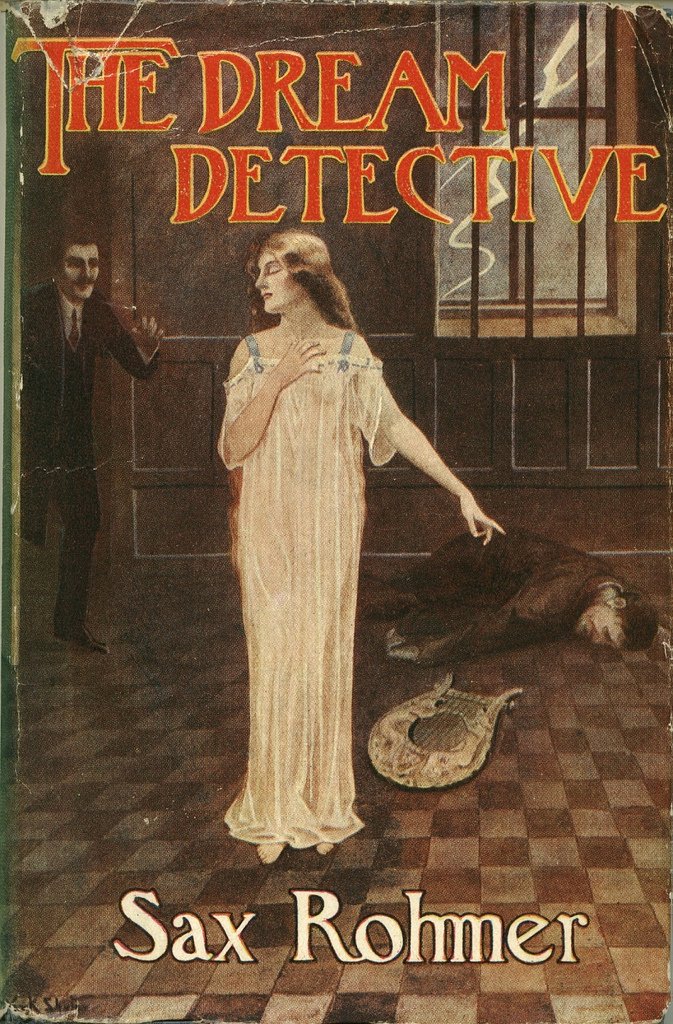
Klaw has the gift of psychometry, and can understand the past simply by touching an object. Powerful human emotions can be absorbed by objects and over time these can influence future crimes. Klaw solves murders using his ability to read these stored emotions. 

Jules de Grandin is an occult detective created by Seabury Quinn for Weird Tales magazine. Appearing in over 90 stories from 1925 onwards, de Grandin is a former French police detective living in New Jersey. Many of his cases involve demon worship or mad scientists. 

The de Grandin stories are formulaic but they helped further establish the genre. That said, Quinn’s writing was secondary to his career as a lawyer specializing in mortuary jurisprudence. He was also the editor of Casket and Sunnyside, a trade magazine for the funeral business. 

Dr. John Silence - Physician Extraordinary, was created by Algernon Blackwood in 1908. As an occult detective Silence is an unusual character; rational and calm he is a philanthropist physician who offers his services for free if the case is interesting enough. 

Sometimes Silence is the active detective investigating a crime. In othe tales, such as Ancient Sorceries, Silence simply listens to the story of a traveller who finds himself trapped in a satanic French town. Blackwood’s skill as a writer ensures a satisfying tension throughout. 

Dion Fortune was a co-founder of the Fraternity of the Inner Light, an occult organisation that promoted philosophies from the Ascended Masters. A Christian Qabalist and ceremonial magician, she also created the occult detective Dr Richard John Tavener. 
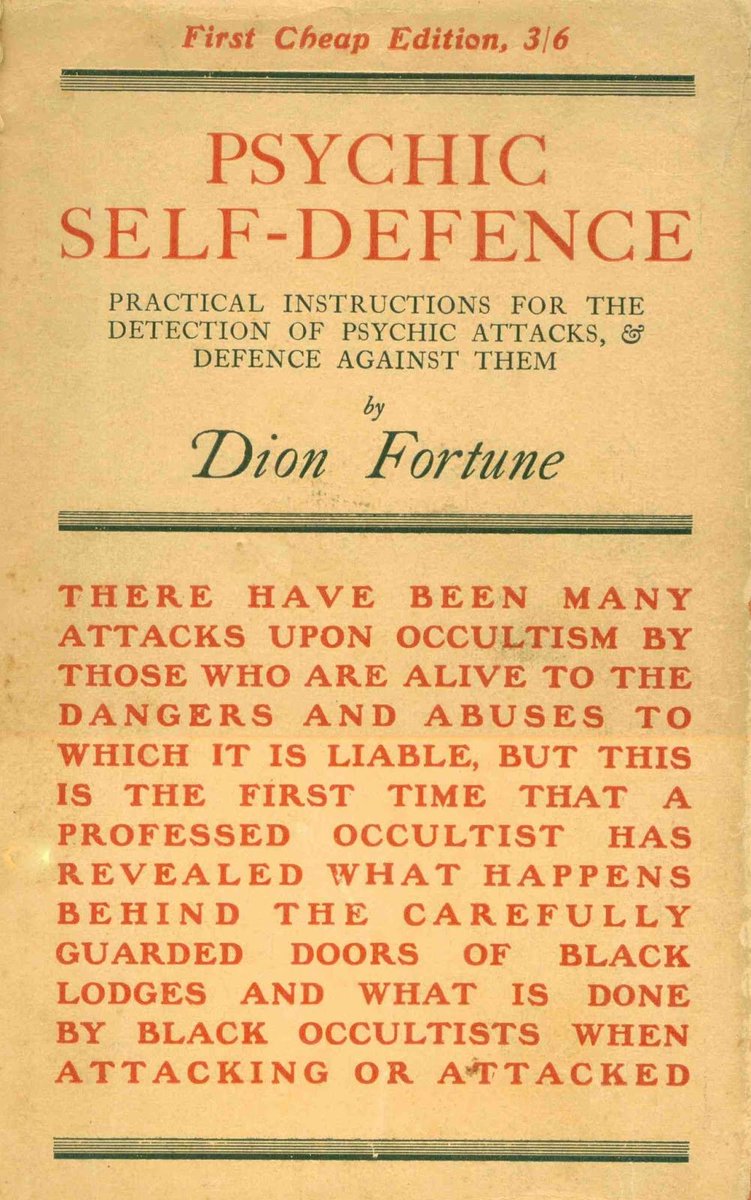
Taverner acts a detective-shamen to the patients of his nursing home for sufferers of mental disorders. The stories read like practitioner notes as Taverner confronts necromancy, vampirism, the Fae and all manner of possessions as he compassionately tries to help his patients. 

The Secrets of Dr Taverner (1926) is possibly one of the best examples of the early occult detective novel, but most of the stories I’ve mentioned are available free on Project Gutenberg or the Internet Archive pulp magazine rack, so do look up a few.
And don’t have nightmares…
And don’t have nightmares…

• • •
Missing some Tweet in this thread? You can try to
force a refresh






















